Stephen Romano’s Kingdom: PHANTASM FOREVER Part 3

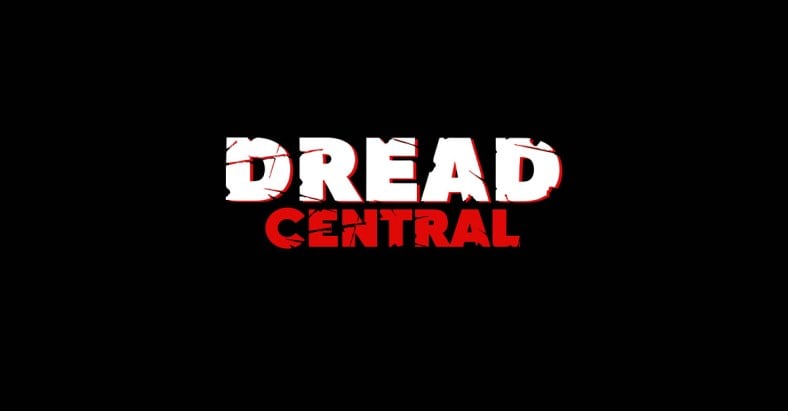
First of all, I’d like to apologize for being a bit late getting this out, kids. I know some of you have been really waiting for this final chapter. So to make it up to you, for the real PHANS out there, I’m trotting out not only some swell behind the scenes stories from the actual shoot of Phantasm ForeVer, but also some incredibly rare photos from the set, which I took myself, using a disposable Kodak camera. Remember those? Yeah, it was that long ago. Anyway, here we go, kids. The epic final installment of the “lost” 4.5 sequel, which I like to call . . .
Chapter 3: PHANTASM FOREVER
My vision of the Phantasm films has always been a bit different.
While a lot of people have obsessed over the linear origins of “The Tall Man” and what exactly lurks on his Red Planet of horrors, I was more creeped out by the cosmic implications of the original film. Why does Mike wake up at the end and it’s all a dream? And why does he get pulled back into the dream? There’s a sort of arty quality about that kind of conceit than often gets taken for granted—but what if it actually had something to do with the story? For years, I had it in my head that if I were to ever attempt a Phantasm sequel of my own (Yeah, right, like THAT’S gonna happen!) the first thing I would tackle would be that whole dream-cum-reality thing. None of the official sequels had really done anything with that overarching concept and I felt it was fertile ground for some real thinking man’s science fiction.
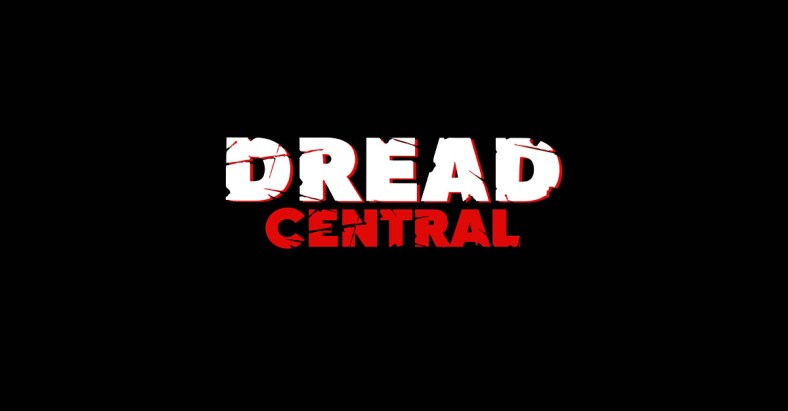 My comic book series of 2003 based on the Phantasm films picks up right off the end of Phantasm OblIVion and has Mike waking up about a hundred years into the future, where a strange hippie scientist named Don Quezada (subtle, no?) explains that he’s been in a bizarre sort of coma since 1979 and all the movies so far have been a series of bad dreams . . . or have they been? The doctor running the high tech underground “nightmare hospital” tells Mike that he’s only one of many “sleepers” who’ve fallen victim to the same coma. Mike comes up with a theory that the coma dreamers have all been inventing possible realities, which have been manifesting themselves on multiple dimensional planes. And just when Mike starts figuring out what may or may not be happening, things get strange again, as his world begins to warp, and The Tall Man again manifests himself. It turns out that Mike is trapped in a nightmare by the Overminds of The Red Planet—while in the real world, Reggie fights for his life in the ruins of civilization, which has been conquered by the undead minions of The Tall Man.
My comic book series of 2003 based on the Phantasm films picks up right off the end of Phantasm OblIVion and has Mike waking up about a hundred years into the future, where a strange hippie scientist named Don Quezada (subtle, no?) explains that he’s been in a bizarre sort of coma since 1979 and all the movies so far have been a series of bad dreams . . . or have they been? The doctor running the high tech underground “nightmare hospital” tells Mike that he’s only one of many “sleepers” who’ve fallen victim to the same coma. Mike comes up with a theory that the coma dreamers have all been inventing possible realities, which have been manifesting themselves on multiple dimensional planes. And just when Mike starts figuring out what may or may not be happening, things get strange again, as his world begins to warp, and The Tall Man again manifests himself. It turns out that Mike is trapped in a nightmare by the Overminds of The Red Planet—while in the real world, Reggie fights for his life in the ruins of civilization, which has been conquered by the undead minions of The Tall Man.
This wild new take on the mythos was partially derived from the scripts that eventually became Phantasm ForeVer, which was originally to be the official fifth installment of the film series in 2006. The comic book was more epic and elaborate—because it was a comic book, of course, and budget restrictions did not apply—but the screenplay Don Coscarelli and I developed for the film version was equally daring and cerebral. It was actually quite different than my “nightmare hospital” series, and placed more emphasis on the complex relationships between the original canon characters. It gave them a lot to do. It was an emotional script. A script about family and redemption, alternate realities and dimensions. There were several versions of many of the main characters, existing in parallel worlds. It was the sequel I’d always wanted to see.
Coscarelli’s first move in getting the project off the ground was to organize a table read of the screenplay. This would allow him to see the large ensemble cast in a group setting, as they ran through the scenes, figuring it all out for the first time. This is usually the first step in any film production, at least as far as the actors are concerned. It’s usually a very casual affair. Everyone shows up in street clothes. Not a lot of pressure. But because Don was developing the project independently, without any real financing yet in place, he wanted to do something very different for this particular “table read.” He wanted to shoot the whole thing with multiple cameras, in front of a green screen. He wanted the actors to show up in costume and makeup. He wanted props and special effects. He wanted the actors to perform the movie in pantomime, like the way Robert Rodriguez makes his Sin City and Spy Kids films.
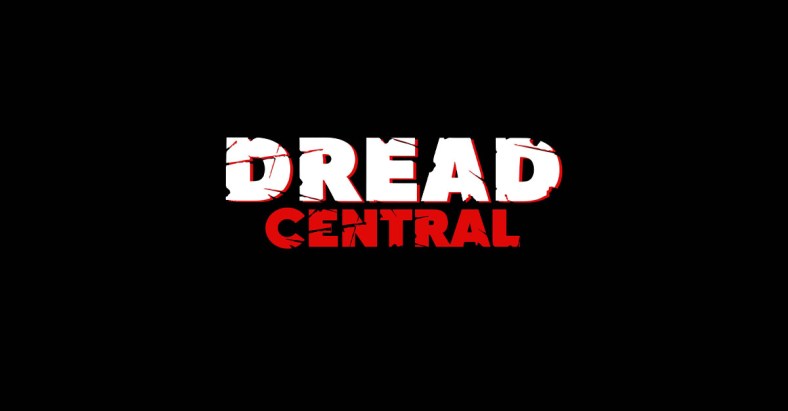
Kind of like this.
The reason for the more elaborate setup was so that Don could take the “scenes” and edit them later into a rough “moving storyboard” form, keying backgrounds and effects behind the actors. He could then see how my bold new take would play. In 2006, films made entirely in the digital domain were still a relatively new thing, and even though our script was light on epic scenes, it did have some pretty ambitious stuff in there. Stuff that would require lots of green screen. Don was paying for the shoot out of his own pocket, and the actors were all kicking in for free, so he had to get this sort of “pre-viz” version of the movie knocked out in one day. He was, essentially, combining the table read with several other stages of pre-production. My gut feeling was that Don just wanted to have the footage, in case it never went any further. At least there would be a version of Phantasm ForeVer in the can somewhere, and maybe it could even be mined for whatever it was worth in future projects.
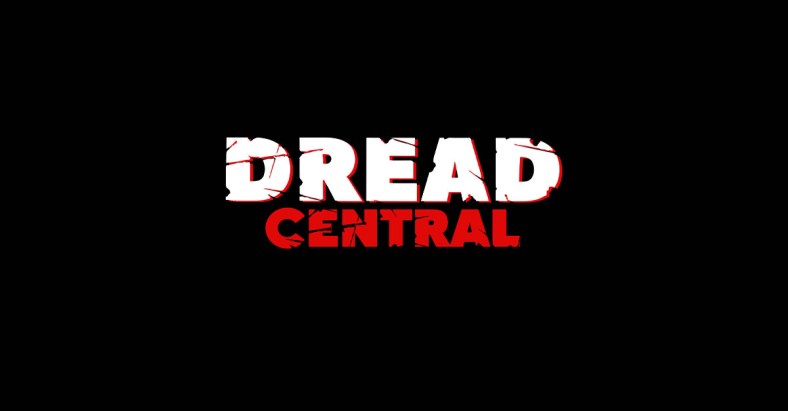
Producer Brad Baruh at ground zero.
A soundstage was chosen just outside LA—one that had a big green screen. I flew in from Austin to be there for the day and help with filming. I read the stage directions and played a key role during the read. Don had pacted with a real go-getter named Brad Baruh (Pictured above), an up-and-coming young producer, to shoot the whole thing. Brad was a big Phantasm fan and he would later be instrumental in bringing out John Dies at the End, too. His company Midnight Alliance organized the whole Phantasm ForeVer shoot, and Brad was even our “director of Photography,” supervising a six man crew, who surrounded the “table” with HD cameras, and aimed the appropriate lights. There was even a makeup girl, who was very professional. And very sweet and pretty, too. She reminded me of Juliet Landau from Buffy the Vampire Slayer. Reggie’s wife Gigi did his makeup—that was always in his contract rider. Everyone brought their own “costumes,” which were little more than changes of clothes. Kathy Lester, a Phantasm veteran who played the seductive “Nurse Kat,” wore an awesome white lab coat and looked amazing in it. She was eager and happy to be there, delighted by the more complex character she had been given to play. At the end of the shoot, she gave me a big friendly kiss, too. I think I’m still blushing.
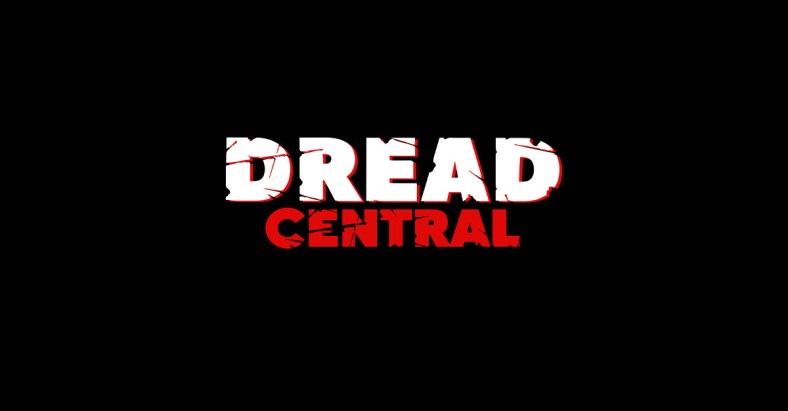
This is probably my favorite photo from the shoot. Kat looks awesome and you can see Angus Scrimm reflected twice in the dressing room mirrors. Creeeeepy.
Ashley Laurence—she of the Hellraiser films—had become my close friend in recent years, and I brought her on board to play a new character. Ash is one of the most passionate and talented craftspeople in the trade, and a glorious human being. She brought the thunder and then some, to a role that required so many different shades. She was brilliant.
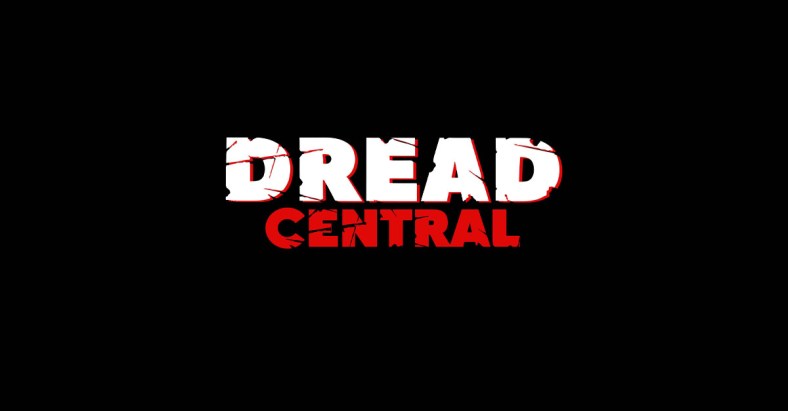
This is about halfway through the day. Ash looks pretty laid back with the boys, doesn’t she?
Another actress who came to the shoot gung-ho and ready for anything was Gloria Lynne Henry. Of all the “canon” actors who kicked in, she was the one who impressed me the most. I had always liked Gloria personally, and she understood the renegade spirit of the table-read-cum-pre-viz shoot that Don had in mind. She was beautiful, friendly and funny. And she brought down the house with every scene she did, cementing her position in my mind as the finest actress in the series and Rocky as the most compelling supporting player. We did a lot with that character. She’s in the comic series also.
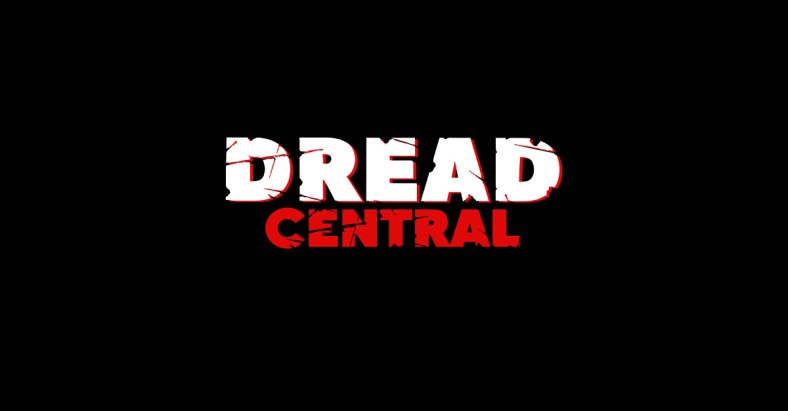
And she looked GREAT.
In a crucial scene . . . she even cried. Real tears. Right on camera.
“Mike, I’m so cold . . . so cold . . .”
It was a moment.
Thank you, Gloria, for giving us that.
Bill Thornbury, who played Jody, was a handsome and fascinating man. I’d met him only once before at a convention, but I’m sure he didn’t remember me. He had a gentle understated charm and an artistic vision about the way he communicated. He had retired from acting to become a teacher of music—and you could tell, tell, tell. Our sequel actually re-introduced the concept of its lead characters as musicians, which had not been done since the first film. In a scene I had written just to showcase that aspect of his character, Bill sang his legendary Phantasm song Sittin’ At Midnight. I told him at lunch that he was brilliant, and he sincerely asked: “You wouldn’t just say that, would you?” I wouldn’t, Bill. Thanks so much for Jody.
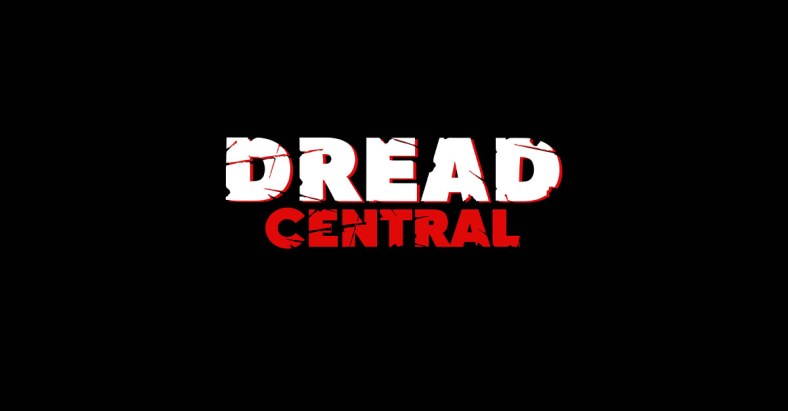
“Jody, yer so NEAT!” Ash was particularly fascinated by Bill that afternoon.
Michael Baldwin and Angus Scrimm were consummate professionals. There were even some hilarious blooper moments—including one when Angus transformed into a German doctor right on camera, with a screeching, thick Gestapo accent that made us all laugh our silly little butts off. Angus—Rory to his friends—is one of the brightest human beings you could ever hope to meet. I was doing one of my silly-ass seven-day Master Cleanse things at the time—where you drink nothing but organic lemonade spiced with cayenne pepper—and he expressed a deep concern for my health, too. I’ll always love him for that. And for many other things. He’d really loved our Masters of Horror episode, which had featured a meaty part written just for him, and always referred to it as “a perfect film.” Working with him on that had been an experience also.
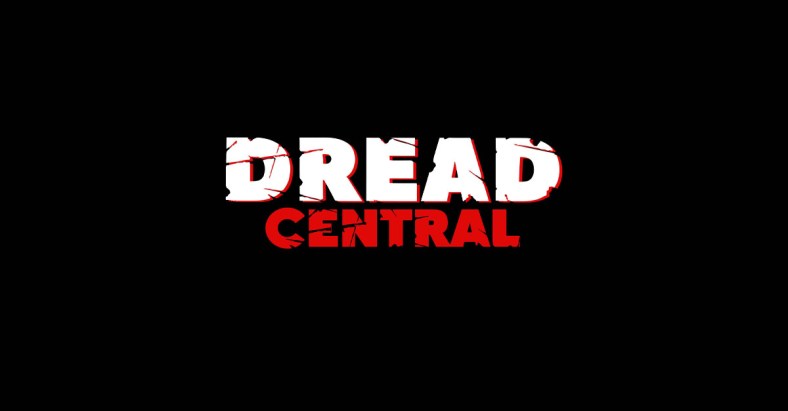
Michael and Reggie and Bill sat around between “takes” and sang songs.
Reggie was, of course, Reggie. Action hero. Though my new scenario made him more a co-star this time, the script had many cool lines and scenes—entire stretches of real estate that were nothing but Reg kicking ass. He came into the project as a full collaborator, his script filled with sticky notes about dialogue and motivation. As the writer of the film and a friend of his, I found it delightful that he was rolling with things so well, and we welcomed every idea he brought. Reggie delivered the final iconic line of the movie more than a dozen times, striving for just the right take. “Hot as love.”
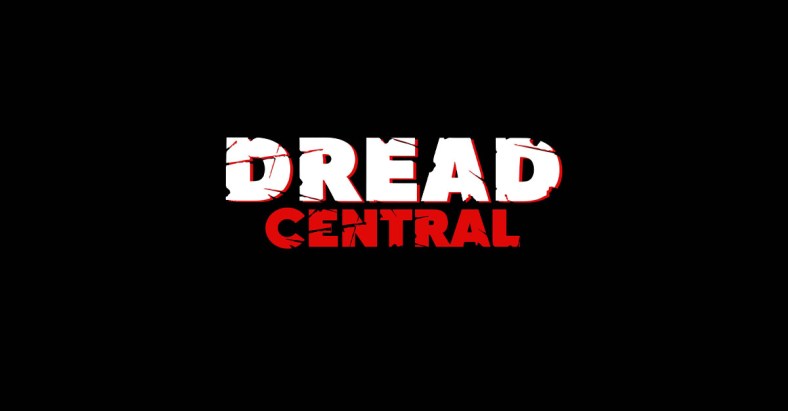
Ashley goes over Kat’s motivation while Reggie and Micheal run lines and make adjustments.
We put in the hours that day. We introduced our film to the actors. We really workshopped the martial. Ashley, always such a pro, went over the script with her co-stars, finding beats and developing backstory. She plugged right into the world of Phantasm, and enjoyed the process. Lots of notes were taken and many ideas were discussed. There was a real sense of family reunited on the set, and new frontiers being explored. Everyone seemed to dig the new direction that our script was taking. Bill said he thought it was brilliant. I sincerely asked: “You wouldn’t just say that would you?” He said he wouldn’t.
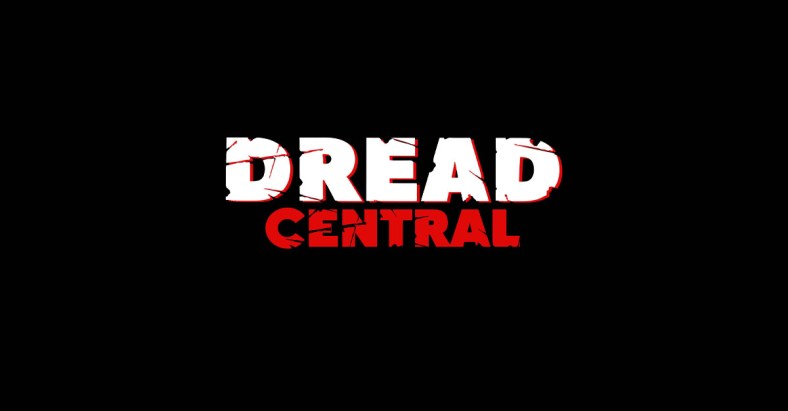
Did I mention Gloria looked GREAT?
When the shoot wrapped, we all exchanged scripts and signed them to each other, like on the last day of a movie. I think, somehow, we all knew this was a one-time thing. It was sad and uplifting. I had the whole cast and crew—including the pretty makeup girl—autograph a prop book I created for the shoot. (The book was to explain the idea of dreamers and alternate realities.) I still keep that prop on my shelf at home, in a very special place.
What I took away from the experience was a sort of catharsis. Masters Of Horror had been filled with adversity and pressure. This wasn’t anything like that. We were making art for the sake of art. Basically.
Over the next year, Coscarelli wrangled the the hook-or-by-crook footage we’d shot into an assembly that I never actually got to see. I left it to him, while we worked on new scripts (including another legendarily un-filmed sequel, Bubba Nosferatu: Curse of the She-Vampires) and I created my illustrated novel “Shock Festival.” The end result of Don’s mad experiment was a complete green screen version of Phantasm ForeVer, performed end-to-end by the actors and edited just like a real movie. Some bits were indeed fitted out with effects and images in the background. I was sent a couple of clips, including one of Ashley’s big scenes, but I never saw more than that. Those clips were complete with sound effects and music. It was pretty impressive stuff, especially considering that we’d only had one day to make the darn thing. Don still has that version of Phantasm 5 sitting on his laptop somewhere, though the film never actually made it out of pre-production. To this day I still haven’t seen it. In fact, the only official onscreen evidence that my screenplay ever went before a camera at all is this video, made in 2007 by the director of the upcoming Phantasm RaVager:
That bit at the start of the clip? It’s an early scene in ForeVer. Maybe it gives you some idea of how creepy and dice-rolling my take really was. In a way it was like a full-circle. It started at the Alamo and basically ended at the Alamo.
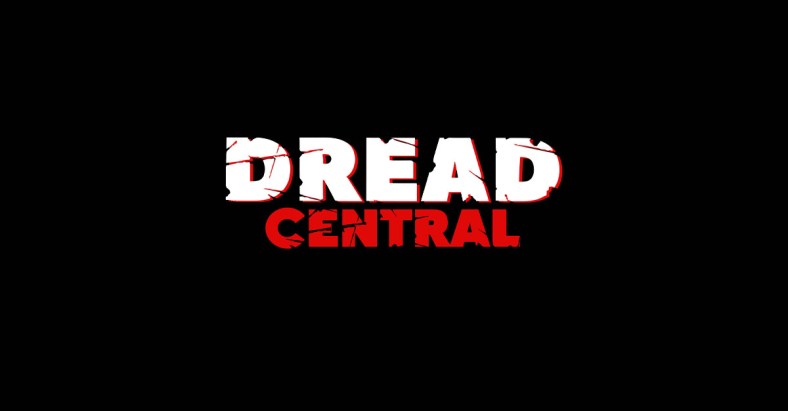
Here are Angus and Michael shooting the scene.
In the film business, nothing is certain. As a screenwriter, the most constant and irritating occupational hazard is not seeing your work on screen. As my Saw buddy Patrick Melton is fond of saying, the writer is usually the first to get paid, but you’re also the first head to roll if the axe falls. It would be painful to list all the screenplays I’ve written, both commissioned and on spec, that have not seen the light of day. It is a complex and costly proposition to make a movie—any movie—and some projects are more precious than others. You try not to get too upset when one of the truly precious ones does not happen. Still and all, I always lamented the one that got away: Our deeply personal vision of Phantasm, ported over from my time as a fan, and made into something real. Or almost.
Many of those lamentations went away when I was hit by truck last year and nearly killed.
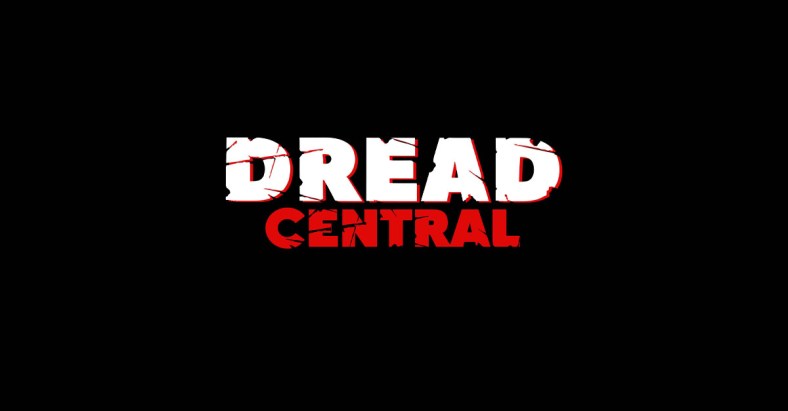
After the crash, my whole right leg had to be pieced back together like a jigsaw puzzle.
When you are forced to work so hard be whole again, with your very existence as a human being lying in ruins all around you, so many other things in life suddenly have the volume turned way down, you know? I used my art and my own will for survival to pull myself up from a very dark abyss, and many of my best friends were there for me. I’m still working hard to live like a normal person again, even as you read these words. In such pitch-black moments of self-reflection, you tend to reevaluate everything. Your life, your career. Where you are going, where you have been.
So here’s the deal.
Making Phantasm ForeVer was a great experience at the time. An experience like most people—most fans—will never, ever have. We had drama, comedy, tears and lots of pretty girls, too. I stood in a room with not just Don Coscarelli, but nearly every single key actor in all four Phantasm films—AND the star of Hellraiser—and they acted out my whole damn script five times in a row in front of cameras for 16 hours. All because they thought it was cool. Nobody paid them to show up. They weren’t promised anything. They just did it.
In any language, that’s fucking awesome.

It was a dream come true just to to snap these photos. Seriously.
It was this experience and many others like it that seasoned me as a professional and allowed me to take my career to the next level. I eventually published my novels Shock Festival, Black Light, Resurrection Express and most recently Metro—all through major imprints. My current publisher does Stephen King. I’m currently working with the producers of Scanners, Videodrome, Platoon and the Rush Hour films. Last year I even sold a TV pilot to ABC, based on one of my books. And though I still deal with those irritating occupational hazards, I’m finally happy with what I do as a writer. I’m really, seriously proud of it. It took me a long time to find that happiness. I came through everything I’ve told you about with these people and much, much more. And I’m sharing this part of it with you now, not just because it is cathartic to do so, but because there are many Rupert Pupkins still out there, and this is something each and every one of them needs to read.
And so . . .
I say unto all of you, the casual readers and the fans of Phantasm . . .
Hang in there.
Follow those impossible dreams.
It all means something and it’s all leading you somewhere.
Phantasm Forever.
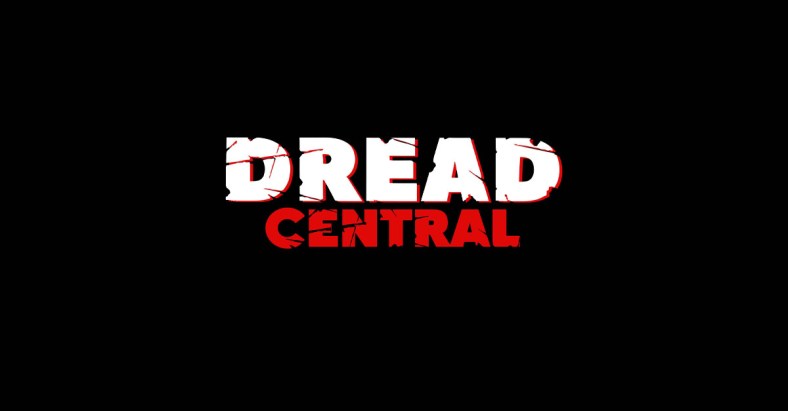
Please come visit me at my website, for more cool stuff!
Categorized:News
